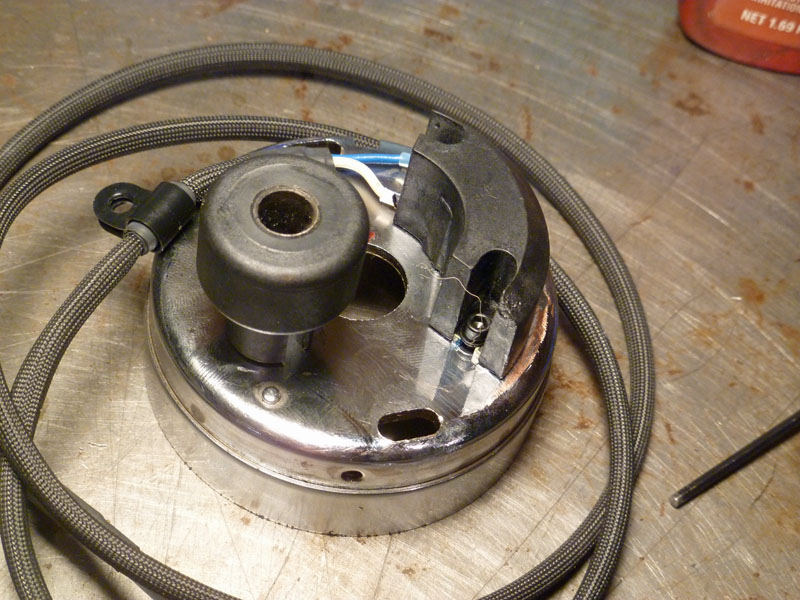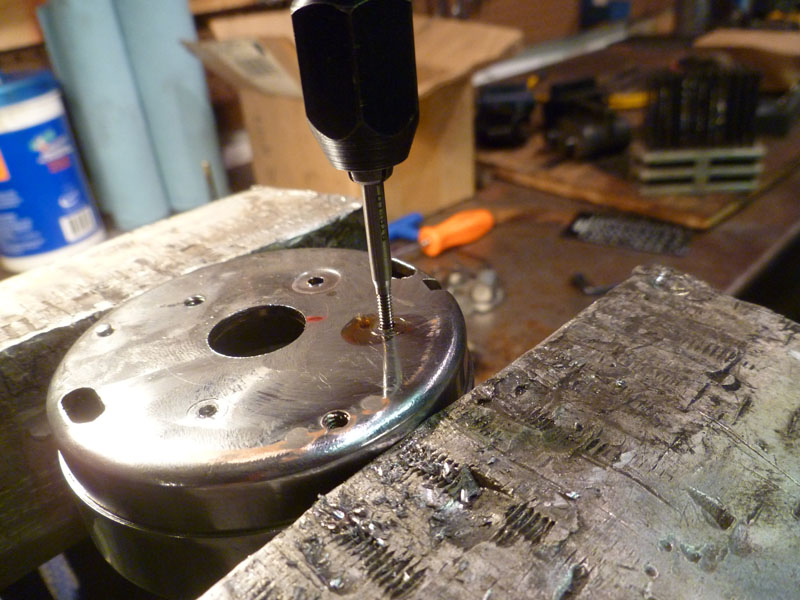We’ve been helping Ralph turn his ’70 XLCH (The Iron Headache) into a reliable machine for regular use over the last couple months. As most people who’ve owned an ironhead will tell you, there’s a pile of work hiding in all of them. Some choose to refine the bike over a period of years fixing crap as it occurs. This gets tiring and often leaves you short of your destination. Some folks like that approach and that’s perfectly valid. We’re trying fast-track Ralph to understanding his machine thoroughly and addressing all the major systems in advance of their likely failure. This week? A non-fidgety low maintenance ignition system.
His bike has an external ignition timer as opposed to the embedded timing chamber that later sportsters and cone shovels have. This slims down the choices a bit. There are three main issues that limit choices: The timer does not accept a bolt-in points replacement as the body of the timer itself carries the points. The timing weights are also integral with the timer shaft preventing use of an ignition that doesn’t use centrifugal advance weights. Lastly, the timer shaft rotates clockwise whereas later sportsters, cone shovels and evos rotate the timer shaft/cam counter-clockwise. Hmmm.
I recommended a Dyna S for this job, as would probably anyone who has put serious miles on an early bike. They are cheap, simple and stone reliable. There’s a reason most bikes at the drag strip run them. You can run them with stock HD coils and existing weights. In the even of a rare failure out on the road, you can pop your points (that you carry in your tool bag, right?) back in and keep it moving.
Young Dan and I got to figuring out our approach last evening using an old Dyna S I had in my stash. We had it largely figured by time Ralph arrived. Both of us are prone to impatience and are easily consumed by interesting problems to solve. Details are in the captions below. Enjoy.
Jason


